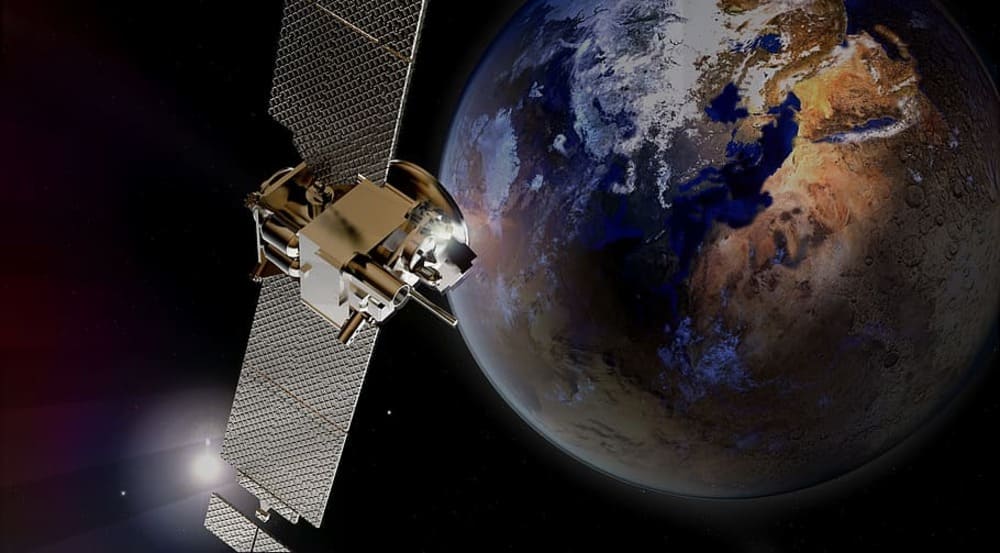The development of artificial satellites has been a pivotal aspect of space exploration, communication, and scientific research. Here are some of the most significant milestones in their development:
1. Sputnik 1 (1957)
- Country: Soviet Union
- Details: launched on October 4, 1957, Sputnik 1 was the first artificial satellite to orbit the Earth. This marked the beginning of the space age and the space race between the United States and the Soviet Union. Sputnik 1 transmitted radio pulses back to Earth, providing valuable data on the density of the upper atmosphere.
2. Explorer 1 (1958)
- Country: United States
- Details: Explorer 1, launched on January 31, 1958, was the first American satellite to reach orbit. It discovered the Van Allen radiation belts, zones of charged particles trapped by Earth’s magnetic field, providing critical insights into space physics.
3. TIROS-1 (1960)
- Country: United States
- Details: launched on April 1, 1960, TIROS-1 (Television Infrared Observation Satellite) was the first weather satellite. It provided the first accurate weather forecasts based on data from space, revolutionizing meteorology.
4. Telstar 1 (1962)
- Country: United States
- Details: Telstar 1, launched on July 10, 1962, was the first active communications satellite. It enabled live transatlantic television broadcasts, telephone calls, and fax transmissions, paving the way for global communications.
5. Syncom 3 (1964)
- Country: United States
- Details: launched on August 19, 1964, Syncom 3 was the first geostationary communications satellite. It provided continuous coverage over a specific area, facilitating the live broadcast of the 1964 Tokyo Olympics.
6. Landsat 1 (1972)
- Country: United States
- Details: launched on July 23, 1972, Landsat 1 was the first Earth observation satellite in the Landsat program. It provided detailed images of the Earth’s surface, aiding in agriculture, forestry, geology, and land-use planning.
7. Navstar 1 (1978)
- Country: United States
- Details: launched on February 22, 1978, Navstar 1 was the first satellite of the GPS (Global Positioning System) constellation. GPS has since become an integral part of navigation and timing systems worldwide.
8. Hubble Space Telescope (1990)
- Country: United States (NASA) and European Space Agency (ESA)
- Details: launched on April 24, 1990, the Hubble Space Telescope has provided unprecedented images of the universe, leading to numerous discoveries in astronomy and astrophysics.
9. Iridium satellite constellation (1997-2002)
- Country: United States
- Details: the Iridium satellite constellation, completed between 1997 and 2002, consists of 66 active satellites providing global satellite phone and data communications. It demonstrated the potential of large-scale satellite networks.
10. CubeSats (2000s-Present)
- Country: various
- Details: CubeSats are miniature satellites standardized to fit in a 10 cm cube unit. First developed in the early 2000s, they have democratized access to space for educational institutions, research organizations, and private companies.
11. James Webb Space Telescope (2021)
- Country: United States (NASA) with contributions from ESA and CSA
- Details: launched on December 25, 2021, the James Webb Space Telescope is designed to study the universe in the infrared spectrum. It aims to explore the formation of stars and galaxies, as well as to search for potentially habitable exoplanets.
As technology continues to advance, the development of artificial satellites will become even more integral to various aspects of life on Earth and space exploration. Upcoming innovations include mega-constellations for global internet coverage, advanced Earth observation satellites for climate monitoring, and deep-space missions to study distant celestial bodies. The journey that began with Sputnik 1 has only just begun, promising exciting developments in the years to come.


